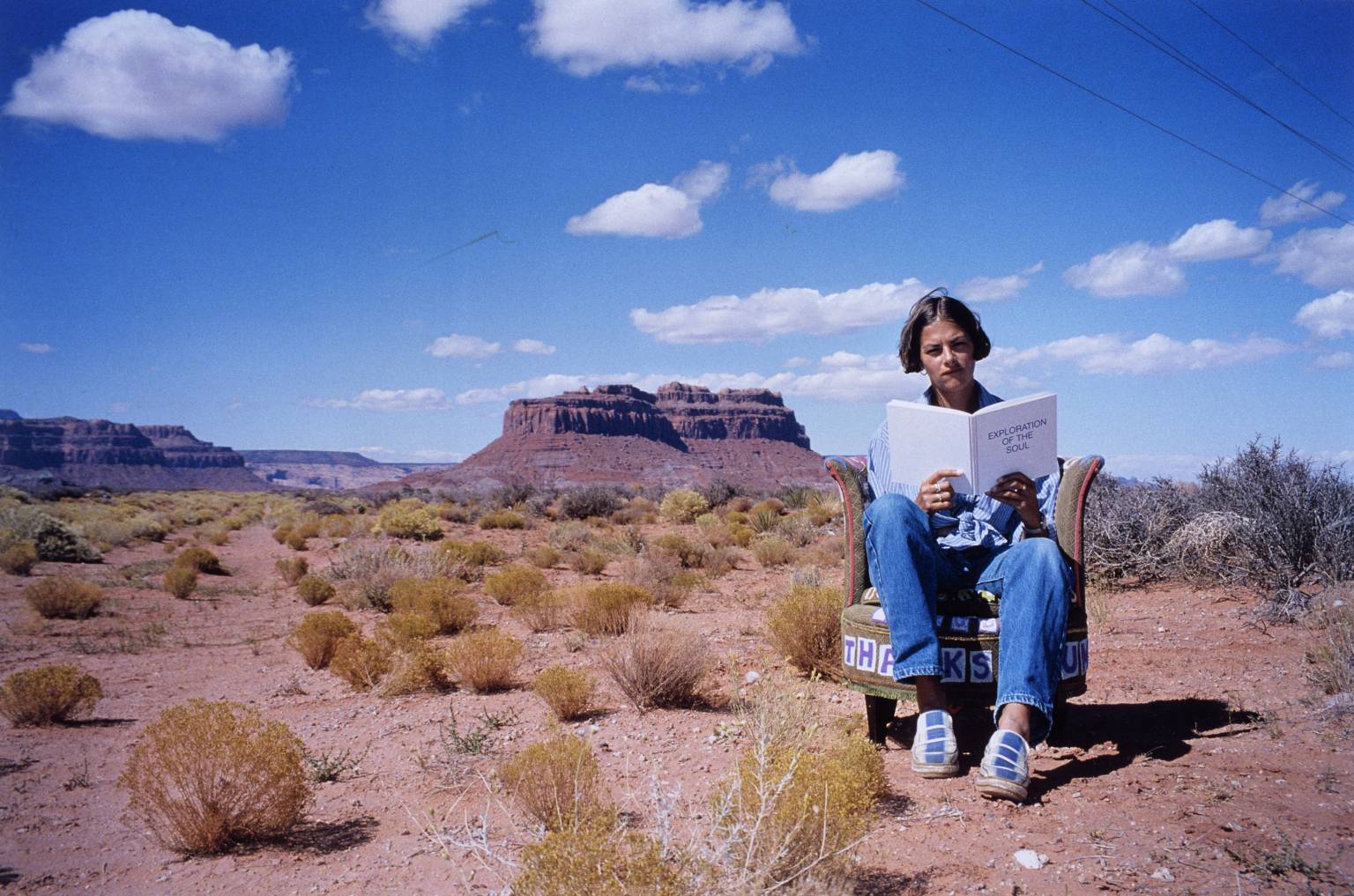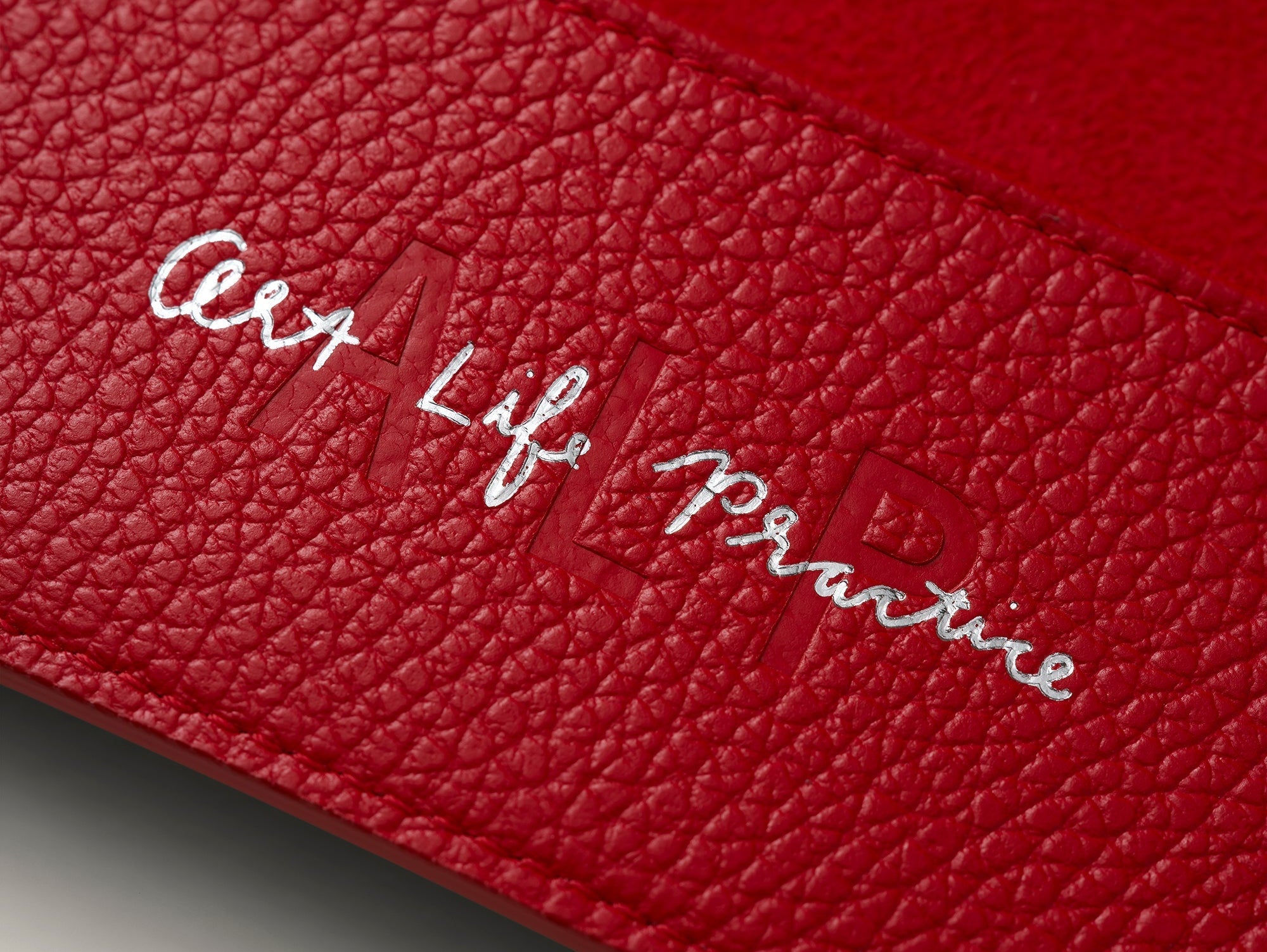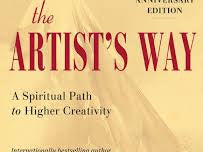Summer is the season for embarking on adventures near and far. Here to get us in the mood for excursions of all kinds, a few artworks that capture the essence of travel.
Tracy Emin, Monument Valley (Grand Scale), 1995-97

British contemporary artist Tracy Emin is known for her highly personal artistic practice, working within the medium of performance art and the photographic records of performances. Monument Valley was the result of a trip that Emin made with her then-partner, across the U.S. in 1994. Driving from San Francisco to New York, they stopped at several places along the way to give readings of Emin’s book, Exploration of the Soul, 1994.
The photograph shows the artist sitting in the middle of the Arizona desert in an upholstered chair that belongs to her grandmother. She has appliqued personally significant words and phrases on the chair, including an exchange between her and her grandmother using the nicknames they had for each other: ‘Ok Puddin, Thanks Plum.’
As she crossed the U.S., Emin sewed the names of places she visited onto the front of the chair, and subsequently presented it as an artwork in its own right with her grandmother’s words, There’s A Lot of Money in Chairs.
I love this work for many reasons, including its deeply personal nature and the multi-layered ways in which the artwork came together (through performance, sewing and craft, photography, etc.).
Lois Dodd, Barn and Bean Vines, 2013

90-year-old Lois Dodd has been painting en plein aire (outdoors), for decades, and her bright, bucolic artworks exude the peaceful feeling of bathing in nature. Dodd has noted that this method of painting outdoors is particularly pleasurable as she can connect with the local flora, fauna, and wildlife in Maine, where lives: “One time, I was sitting in the woods totally quietly, staring at the canvas, and off to the right of me, about 20 feet away, a little fox walked by,” she recalled. “Another time, I was out there on a boiling hot summer day, and a squirrel fell out of the tree and hit the ground. So he was just as dazed by the heat as I was.”
There is a distinctive quality of an East Coast summer afternoon that Dodd captures so beautifully in her paintings. In her works she shows us that you don’t have to travel beyond your backyard to a local park or forest to enjoy the fruits of inspiration and wonder.
Thomas Struth, Galleria dell’Accademia I, Venice, 1992

German photographer Thomas Struth is best known for his Museum Photograph series, portraiture, and black and white photographs of New York and Dusseldorf taken in the 1970s. As someone who has a deep love for museums and watching how people engage with artwork in museums, I have been a longtime fan of his Museum Photograph series.
Struth began the series of large format color photographs taken in famous European and American museums in the 1980s, and his original inspiration came from his fascination with Renaissance portrait painting, and how historical works of art are displayed and viewed within the museum context.
In Galleria dell'Accademia 1, Venice 1992 groups of tourists dressed in casual summer clothes stand looking at paintings in a large stone-floored gallery.
An article on the Tate website noted, “In the museum photographs Struth elevates an apparently informal event to the scale of a religious painting. Arresting a fleeting moment, he evokes the passage of time and gives the scene an enduring presence. He asks those who look at his work to spend time with his images, just as the people in his photograph do with the paintings they are looking at. In exploring the activity of viewing, Struth invites us as spectators to become aware of our own role as viewers.”
As the daughter of an art history teacher, growing up we spent summer vacations traveling to large cities to visit museums, religious spaces, and archaeological sites, so I can very much relate to the subjects in the photograph. I find that Struth’s brilliance is in the invitation to consider our role as spectators and consumers of history and culture, and also consider the role of museums in society, and how that has evolved over the past several hundred years.







